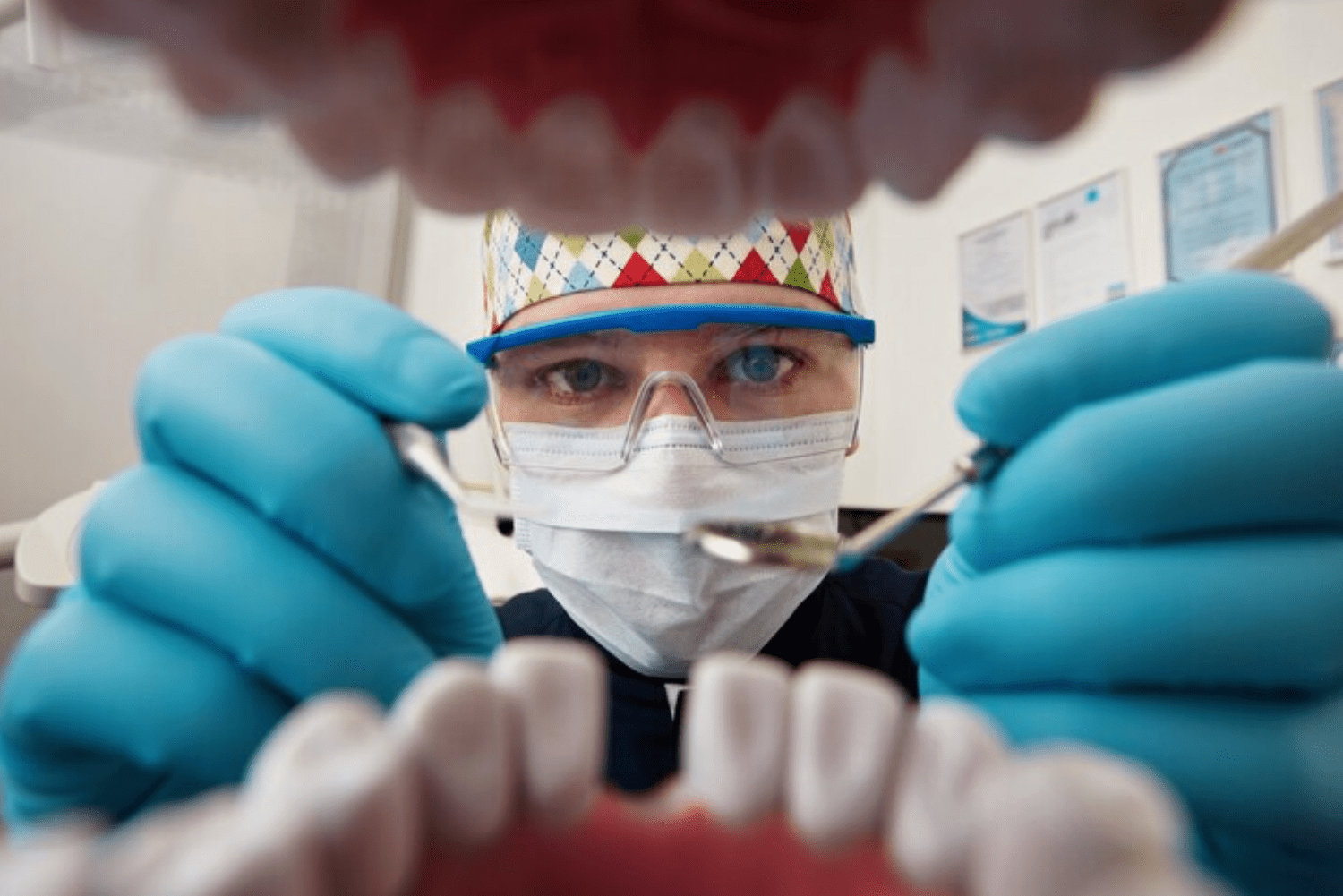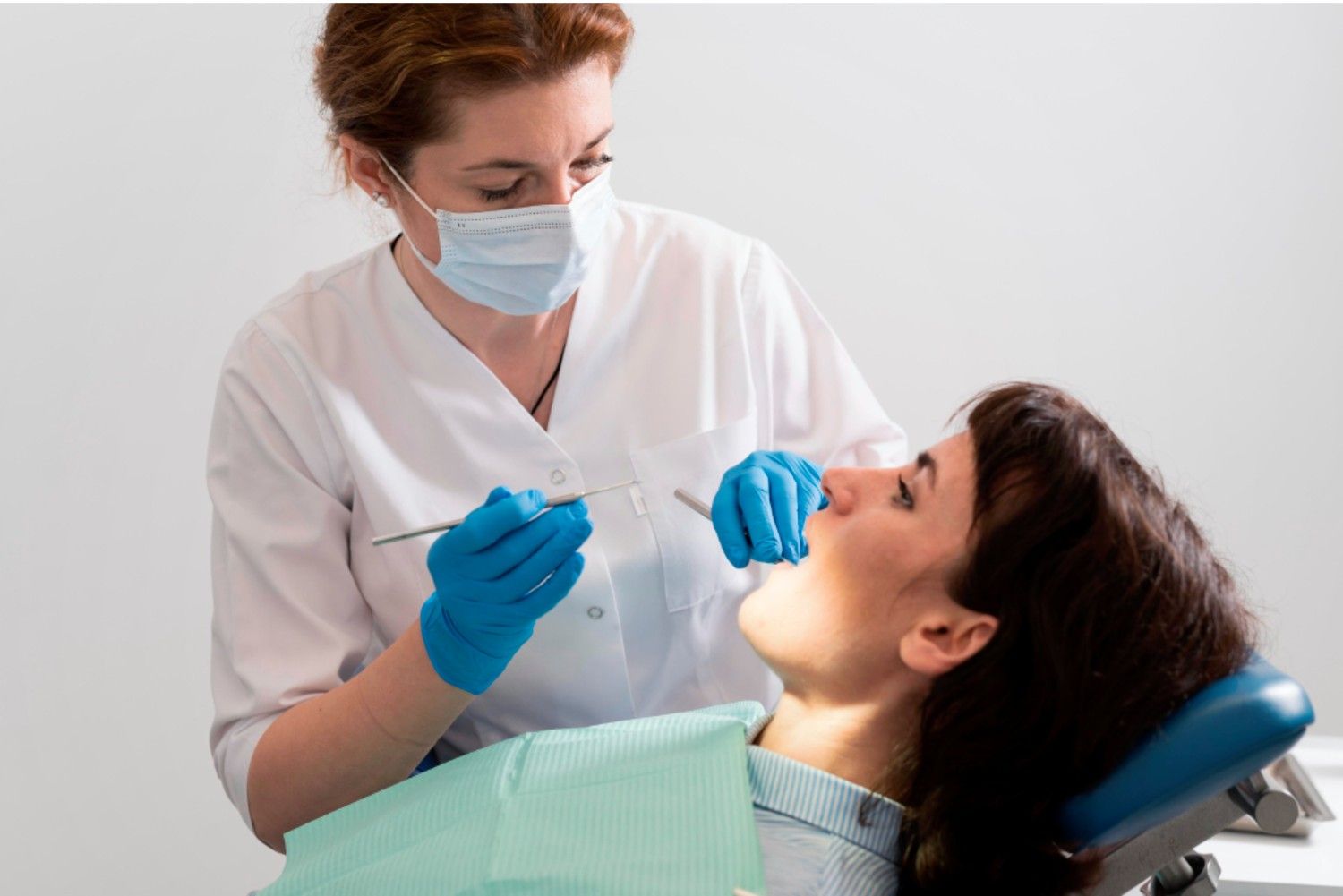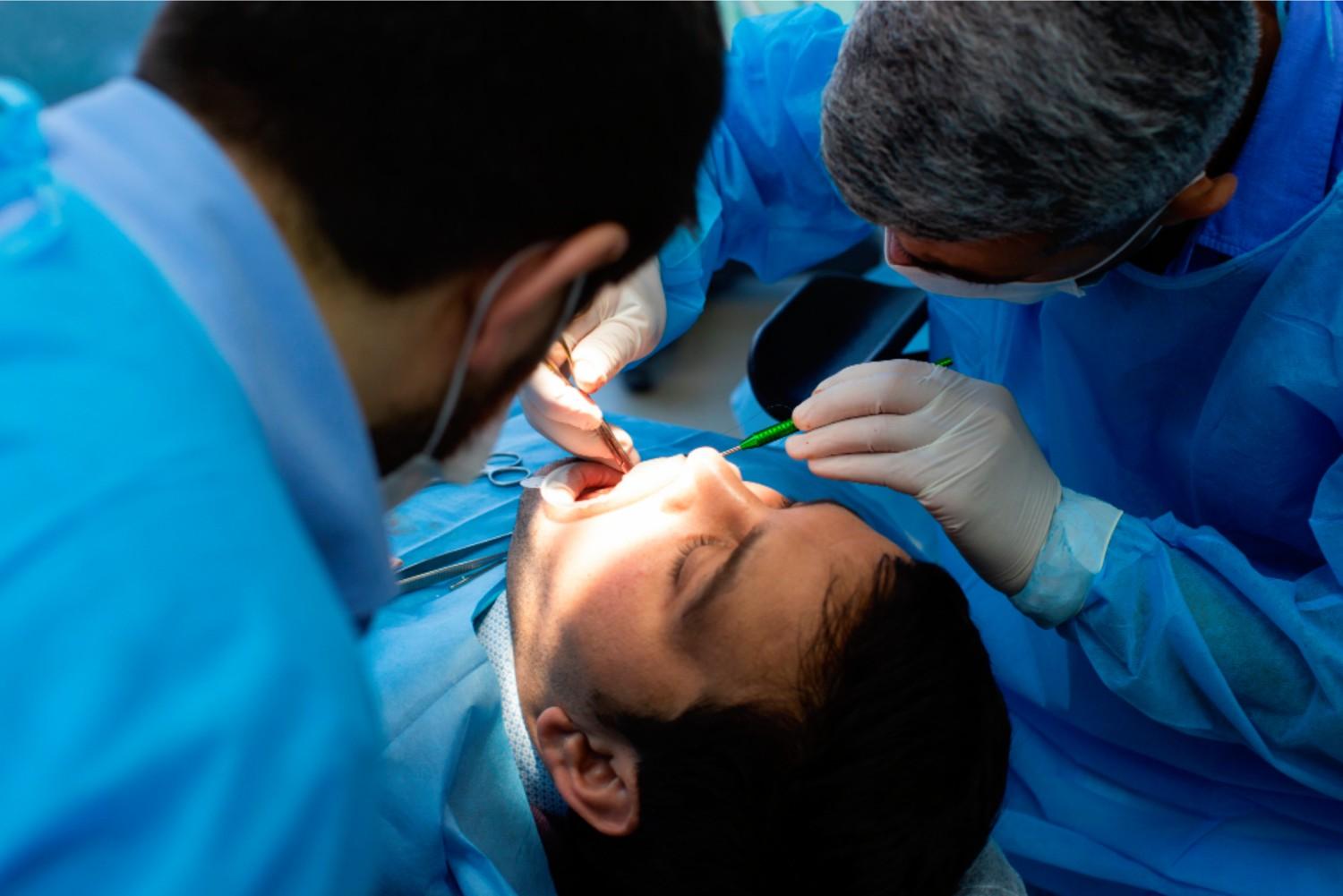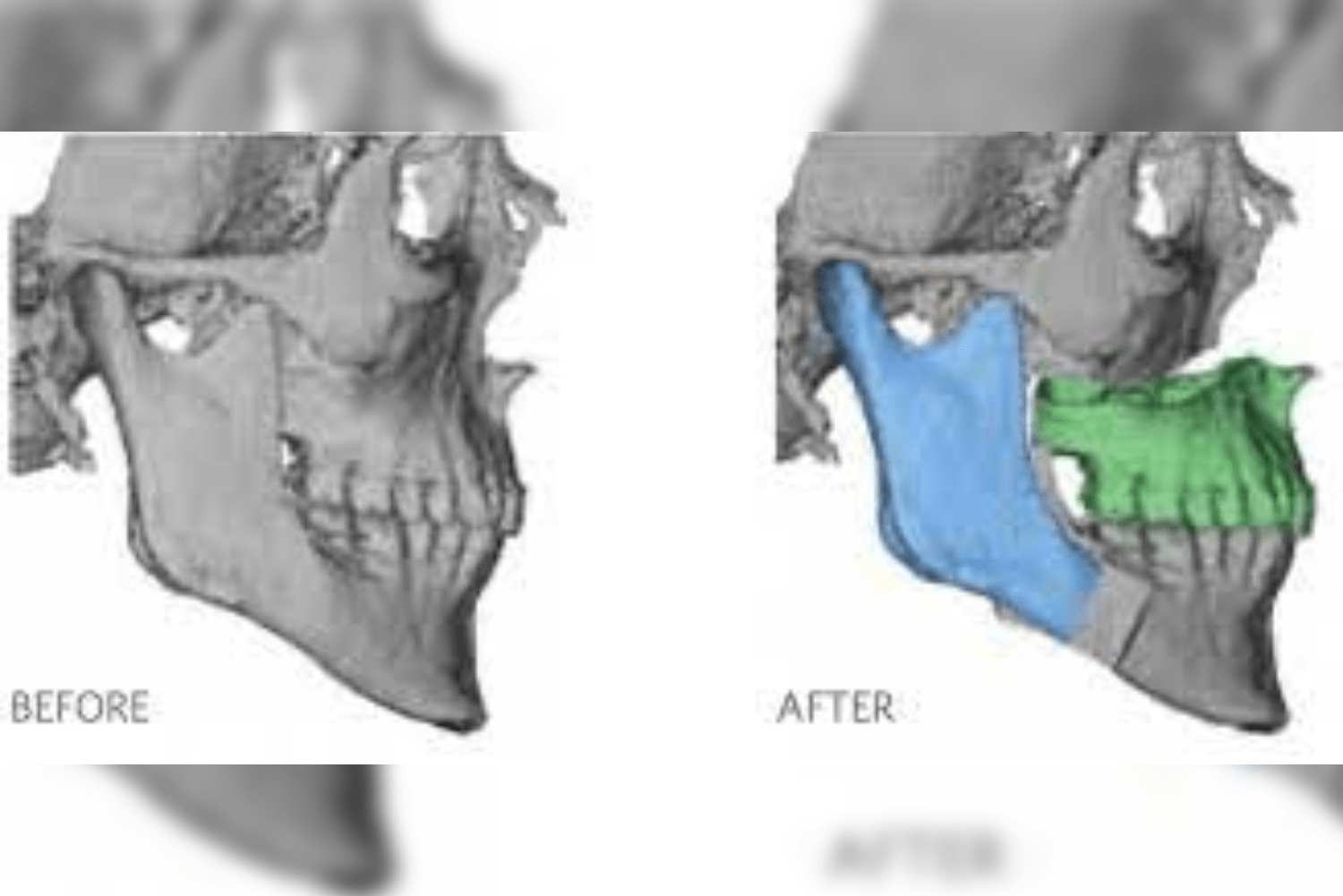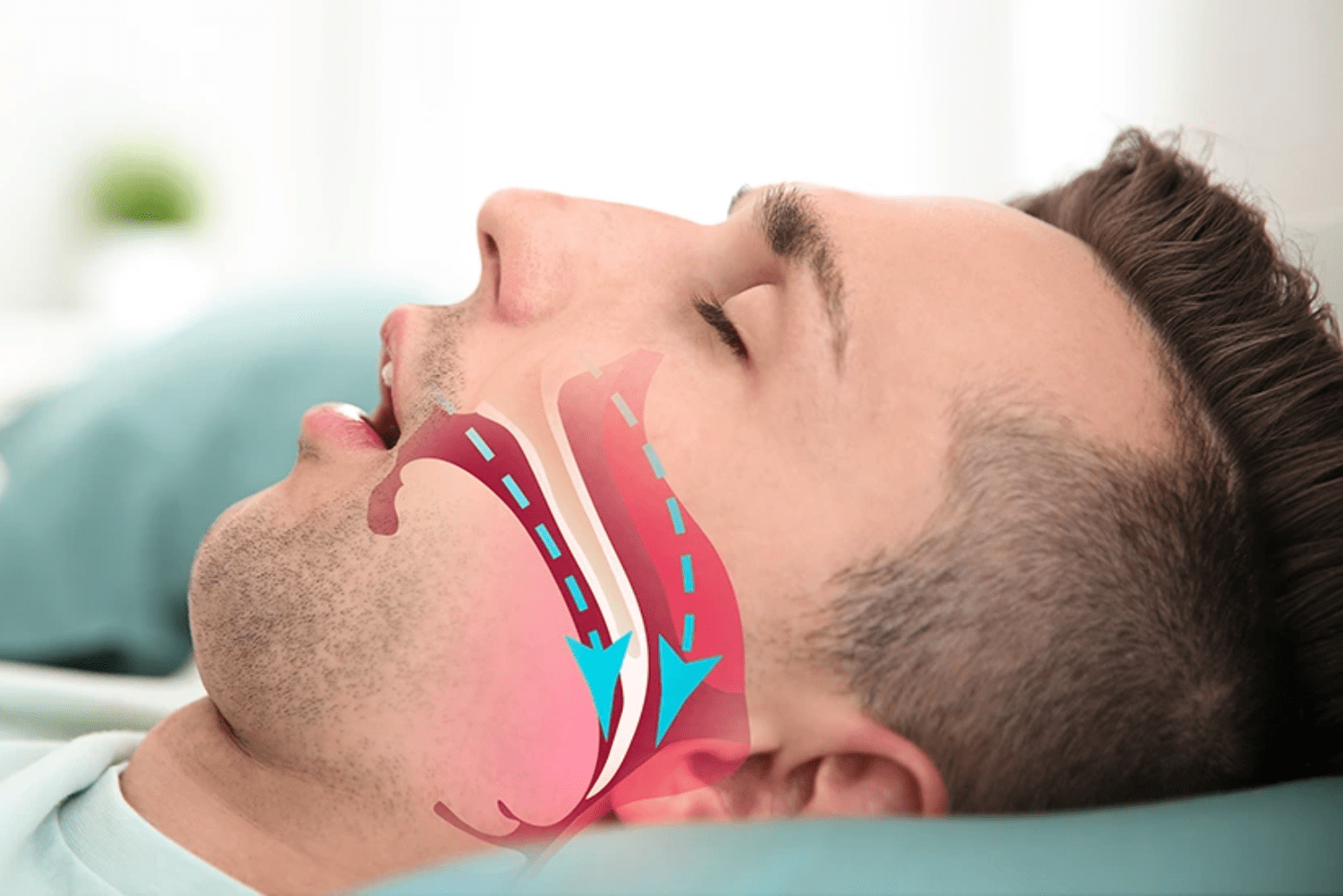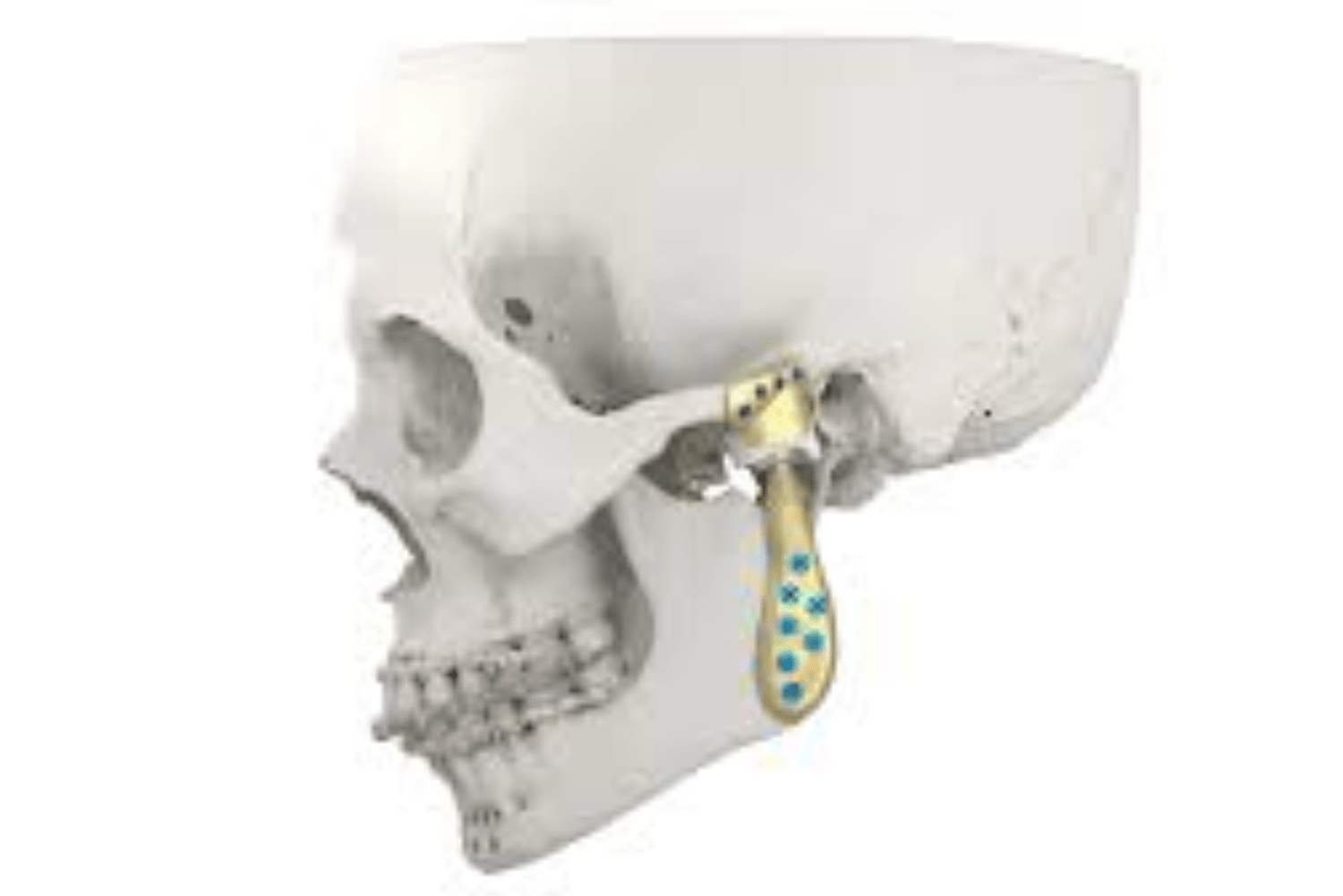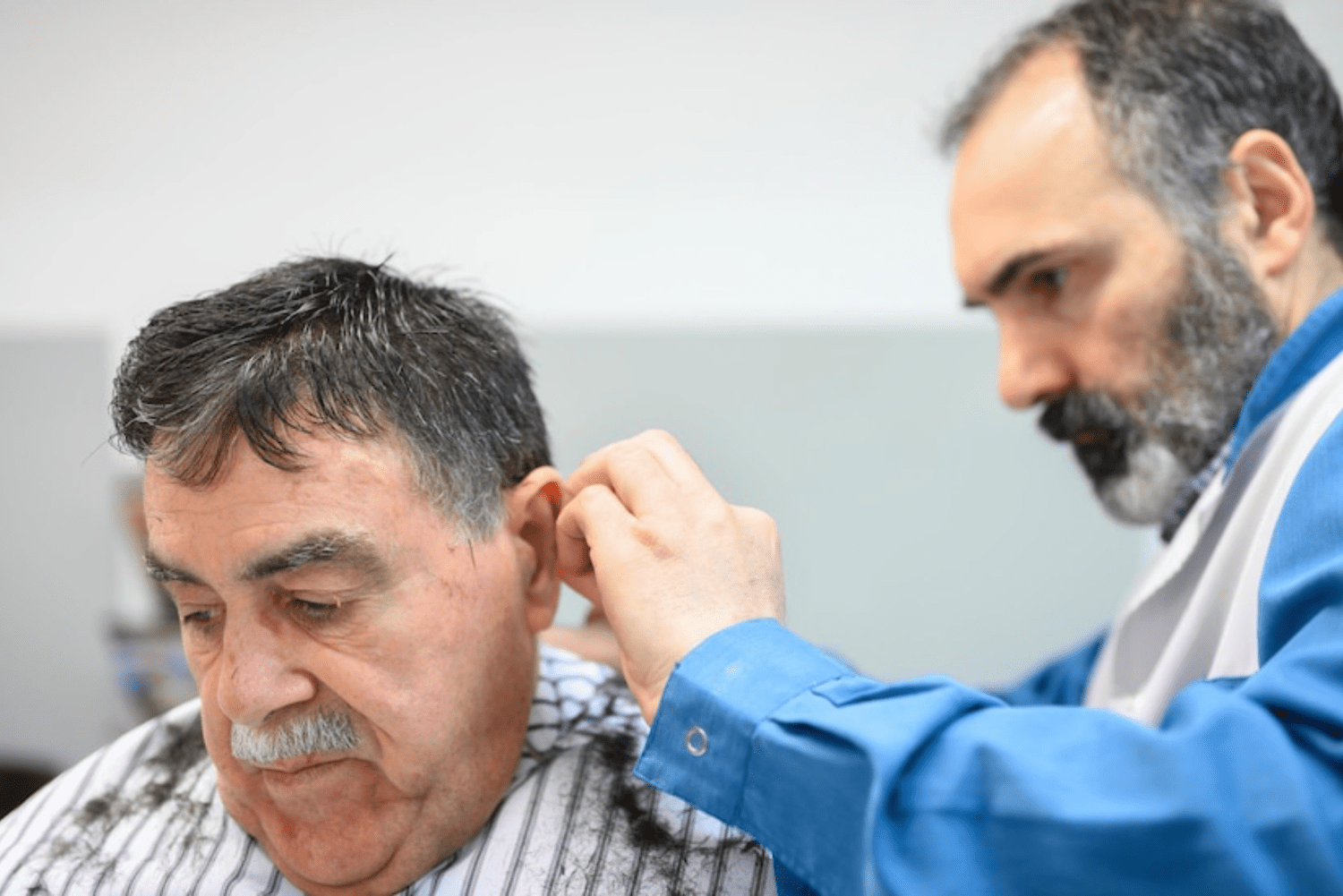Early Diagnosis of Oral Cancer
● Cancer is “a group of diseases characterized by unregulated cell growth and the invasion and spread of cells from the site of origin, or primary site, to other sites in the body.”
● The oral cavity represents the entrance to the upper aerodigestive tract that begins at the lips and ends at the faucial arch/entrance of the throat.
● It is continuously exposed to inhaled and ingested cancer-causing agents and thus is the most common site for primary malignant tumors in the head and neck region.
● The global incidence of lip, oral cavity, and pharyngeal cancers is approximately 5,30,000, corresponding to 3.8% of all cancers.
● Southeast Asia, particularly India, has the highest incidence of cancers of the oral cavity because of the habit of chewing tobacco in various forms across India.
● Early diagnosis of oral cancer plays a crucial role in improving treatment outcomes and survival rates. Detecting symptoms at an initial stage allows timely intervention, significantly reducing complications.
● It is the third most common cancer in India and accounts for 40% of deaths. Early diagnosis of oral cancer can help lower mortality rates through proper screening and preventive measures.
CANCER-CAUSING AGENTS / CARCINOGENS:
Common Forms of Tobacco Found in India:
i. Beedi – Crude form of a cigarette
ii. Gutka
iii. Paan – Betel quid
iv. Khaini
v. Tambaku / Loose leaf tobacco
vi. Smokeless tobacco (Snuff tobacco)
vii. Hookah
viii. Cigarettes / Cigar
ix. E-cigarettes
Other Carcinogens:
-
Alcohol
-
Betel nuts / Areca nuts
-
Nutritional deficiencies – Deficiency of vitamin A, folate, and iron increases the risk of cancer.
-
Early diagnosis of oral cancer is crucial for preventing complications caused by prolonged exposure to these carcinogens.
-
Regular screening and awareness about early diagnosis of oral cancer can help reduce mortality rates through timely medical intervention.
SIGNS AND SYMPTOMS OF ORAL CANCER
-
The early diagnosis of oral cancer involves detecting the condition in its initial stages, often before severe symptoms appear.
-
The earlier oral cancer is identified, the higher the chances of successful treatment and recovery.
-
Dentists play a crucial role as the first line of defense in detecting oral cancer lesions.
Key Signs and Symptoms to Watch For:
-
Persistent non-healing mouth sores or ulcers
-
Pain in the mouth or lips / tenderness of mouth tissues
-
Unexplained numbness in tissues / bleeding gums
-
A lump or thickened cheek tissue, gums, or tongue
-
Difficulty swallowing, talking, or moving the jaw or tongue
-
Burning sensation—constant or triggered by spicy foods
-
Most malignant lesions are preceded by precursor lesions, commonly known as premalignant lesions
Regular screenings and awareness about the early diagnosis of oral cancer can significantly reduce the risk of late-stage complications and improve treatment outcomes.
PREMALIGNANT LESIONS & EARLY DIAGNOSIS OF ORAL CANCER
Premalignant lesions are red or white patches in the oral cavity that have the potential to develop into oral cancer if left untreated. These lesions are often asymptomatic in the early stages, making early diagnosis of oral cancer crucial for preventing progression into malignancy.
Premalignant lesions are typically identified during routine dental or medical exams, and early intervention can significantly reduce the risk of developing oral cancer.
Types of Premalignant Lesions:
-
Leukoplakia – The most common premalignant lesion. It appears as a white patch or plaque on the mucous membranes of the mouth, gums, or tongue that cannot be scraped off. Though mostly benign, about 10-25% of leukoplakia lesions have the potential to become malignant, especially if red, irregular, or thickened.
-
Proliferative Verrucous Leukoplakia (PVL) – A distinct type of leukoplakia with warty surface texture, capable of enlarging or spreading to new areas. More common in female patients.
-
Erythroplakia – Red, velvety lesions typically found on the floor of the mouth, tongue, or soft palate. These bright red patches with irregular borders are more common in men and older adults and have a high risk of malignant transformation.
-
Oral Submucous Fibrosis (OSMF) – A chronic, progressive condition causing mucosal tightening and stiffness, leading to difficulty in opening the mouth (trismus). Strongly linked to betel nut chewing, OSMF is a well-established risk factor for oral cancer.
-
Oral Lichen Planus – A chronic inflammatory condition appearing as white, lacy patches on the inner cheeks, gums, or tongue.
-
Oral Hyperplastic Candidiasis – A fungal infection caused by Candida overgrowth in the mouth. Appears as white patches on the tongue, gums, or inner cheeks. Chronic cases resistant to antifungal therapy may require surgical excision.
Importance of Early Diagnosis
Since many of these lesions are painless in the early stages, regular oral screenings are essential for the early diagnosis of oral cancer, allowing timely treatment and reducing the risk of progression to malignancy.
IMAGING TESTS:
Imaging tests are used in conjunction to diagnose lesions and are:
i. OPG X-ray
ii.CT scans/ Contrast enhanced CT Scans
iii.MRI scans offer better accuracy of soft tissue examination than CT scans
iv.Positron Emission Tomography/PET-CT scan
v.Ultrasonography
vi. Fine Needle Aspiration Biopsy/Cytology (FNAB/FNAC)
PATIENTS MEDICAL HISTORY:
● A detailed history and physical examination form the basis of initial diagnosis. The
detailed history would involve family history, lifestyle habits (including smoking and
alcohol consumption), sexual behaviour and occupational exposures.
● Patient’s co-morbid conditions such as nutritional status, general medical condition,
medications taken, presence of diseases such as diabetes, hypertension, chronic lung
disorders, thyroid disorders, etc are all assessed as these also affect the spread of cancer
and recovery after surgery.
TISSUE BIOPSY:
● If a suspicious ulcer is found, an incisional biopsy i.e removing a small tissue sample
from the lesion and adjacent normal tissue is taken and sent for histopathological testing.
● This is the most definitive way to diagnose oral cancer.
● Most sites within the oral cavity are accessible for a biopsy under local anesthetic
● General anesthetic may be indicated depending on the tumour site or if the patient is not
comfortable being awake during the procedure.
WHAT IS CANCER STAGING AND GRADING?:
● Cancer is graded/ staged to ascertain the best treatment.
● ‘Grading’ and ‘staging’ are the two systems to predict tumour behaviour and they guide
therapy after a malignant tumour is detected.
● Grading is the histopathologic determination of tumour spread that assesses the gross and
microscopic degree of differentiation of the tumour, while staging has a clinical
importance measuring the extent of spread of the tumour within the patient.
GRADING:
Grade 1-moderately differentiated tumour
Grade 2-poorly differentiated tumour
Grade 3-well differentiated tumour
Higher grade tumours have more chances of recurrence and metastasis (tumour spread
into other tissues)
CLINICAL CLASSIFICATION (TNM) & EARLY DIAGNOSIS OF ORAL CANCER
Cancer staging is crucial for determining treatment plans and prognosis. The TNM classification system is used to stage cancers based on:
-
T (Tumor) – Size and extent of the primary tumor
-
N (Node) – Spread to nearby lymph nodes
-
M (Metastasis) – Spread to distant body parts
Types of Staging:
-
Clinical Staging (‘cTNM’ – Pretreatment Stage)
-
Helps in selecting primary therapy and comparing cancer progression in populations.
-
Uses data from clinical history, physical examination, imaging, endoscopy, biopsy, and other diagnostic tests.
-
Observations made during surgical exploration without resection or when pathologic material is not obtained are classified as clinical staging.
-
Early diagnosis of oral cancer at this stage significantly improves treatment outcomes.
-
-
Pathological Staging (‘pTNM’ – Post-treatment Stage)
-
Conducted after surgical resection of the tumor.
-
Provides anatomic confirmation of disease extent and helps guide post-surgical treatments like adjuvant chemotherapy or radiotherapy.
-
Since staging plays a key role in planning treatment strategies, early diagnosis of oral cancer ensures timely intervention and better prognosis.

